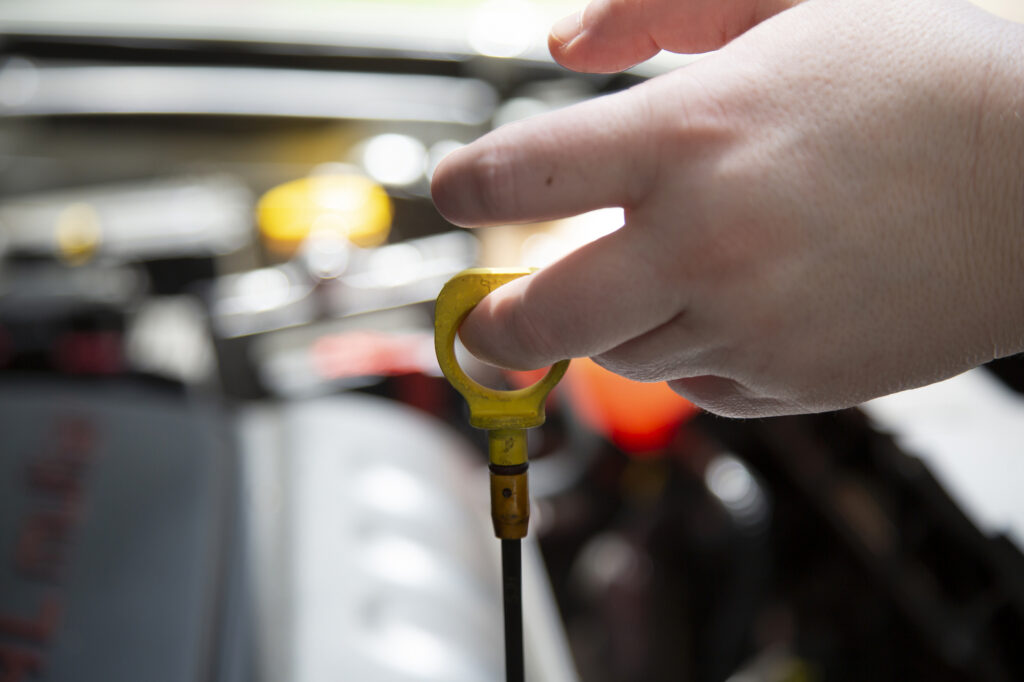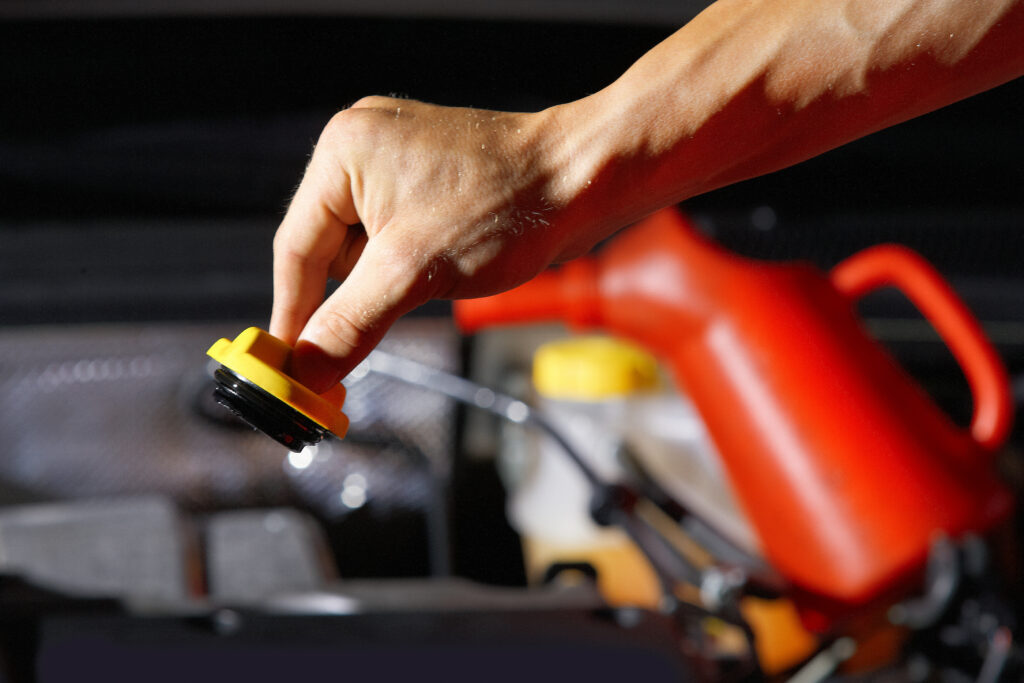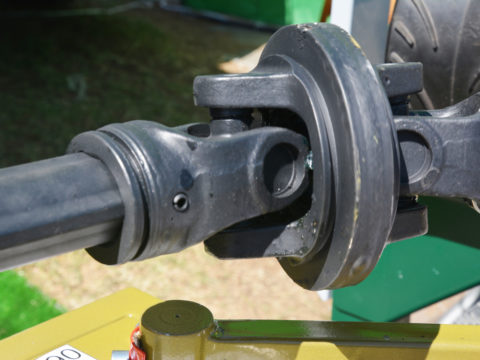Oh, man! Did your car just break down on the freeway? While waiting for a tow truck, you can check under the hood. Most people say you should check the transmission fluid before looking at anything else.
But wait, they never say whether you should check the transmission fluid when it is hot or cold.
While you can do it either way, checking the transmission fluid when it’s cold is safer.

Contents
What Does Transmission Fluid Do?
According to the Universal Technical Institute, transmission fluid lubricates the moving parts inside your vehicle, like the gears and pistons, while also providing pressure and cooling the transmission.
Your motor oil will ensure your car does not overheat due to hot temperatures or grinding gears. Heat can damage many parts inside your vehicle, making them less efficient or unusable.
Where Is Transmission Fluid Located?
The transmission fluid resides near the front end next to the oil dipstick for most vehicles. A dipstick is a long pole then informs you about the quality of your oil.
If you have rear-wheel drive, your transmission fluid valve should be located at the rear of your engine. It is so often clearly labeled and hard to miss for people who have a general idea about cars.
Should Transmission Fluid Be Checked Hot or Cold?
Your transmission fluid should be checked under normal conditions when the car operates. That means it is better to check the oil when it is cold, but you may have to heat it up a little.
When the engine has been off for a bit, the oil can settle inside the pan, allowing it to coat the dipstick properly. Some mechanics prefer checking a cold engine because they do not risk burning themselves.
How To Check Transmission Fluid Level When Cold
To check your transmission fluid properly, you will need a few tools and a little know-how. This guide will take you through the proper steps to safely and correctly assess your transmission levels.
Tools and Equipment Needed
- Cleaning rags
- Socket wrenches
Step 1
Park your car and let it cool down if you have been driving your vehicle. If it has been sitting for a while, it’s best to turn it on for about 5 mins to warm it up.
Step 2
Locate your dipstick, pull it out, and locate the cold levels on your stick.
Step 3
Take the stick back out and inspect the levels.
Step 4
If your engine is cool, the levels should be on the higher end of the “cool” markings on the stick. The labels on your oil stick might differ depending on what type of car you have.
Some don’t use labels as they use notches to indicate an oil’s quality.
Step 5
If it is lower than that, you may need to add some oil. Adding oil is easy since you’ll only need to grab the transmission fluid that is compatible with your car and pour it inside the drumstick well. Be sure to remove the old oil before adding in new fluid.

Checking Transmission Fluid Hot
Checking your transmission fluid while it is hot is the same process as cold, but you will need to take extra care not to burn yourself.
Assuming your car has been running for a while, put it in “Park” and repeat the same steps as before.
The main difference is the level markings on the oil dipstick will now read “hot” instead of “cold.” In this case, if your engine’s oil level is lower than the hot label, it is time to top it off with transmission fluid.
How to Read Transmission Fluid Dipstick Hot and Cold
To read your transmission fluid dipstick, you will need to find the hot or cold label. If your engine is cold, the fluid should rise above the cold mark on the stick.
Some dipsticks have both markings on the same side of their frame, while others put them on opposite sides.
Read your owner’s manual to get a good sense of the markings to prepare yourself for when you pop the hood. Once again, if the oil is below the cold mark when the engine is cold or the hot mark when it is hot, it requires oil.
Transmission Fluid FAQs
If you still have some questions about checking the transmission fluid, look below for answers.
Do you leave the car running when adding transmission fluid?
Yes, the car should be running when you check your transmission oil fluid. A running car allows your fluid to expand and properly coat the dipstick. A running car prevents false readings from happening when you check.
Do you add transmission fluid where the dipstick is?
Yes, you can fill your oil through the dipstick well for many older cars. However, newer model cars do not allow this, so it’s best to check your car owner’s manual to find out where to fill your car’s transmission fluid.
Most of the time, there is a valve right next to the oil dipstick that you can unscrew and pour the oil in.
Can transmission fluid get low without a leak?
Yes, your transmission fluid can get low without an apparent leak in the oil pan. Sometimes, the hole is so small that it only comes out during driving when there is extreme pressure within the system.
However, even when there is no leak, your transmission fluid may get low if you drive through high puddles or snow banks because of the overflow of water inside the pan.
Why is transmission fluid red?
Some cars will have dyed transmission fluid, making it easier for the user to find and fix problems. Contaminants inside your oil show up more clearly if contrasted with red motor oil.
You will be able to see the darker discoloration in the red dye when you check its quality.
How far can I drive on low transmission fluid?
Most newer cars can get about 10 to 15 extra miles after the transmission fluid gets really low. However, driving your vehicle in this state is not wise because you can permanently damage the parts inside.














